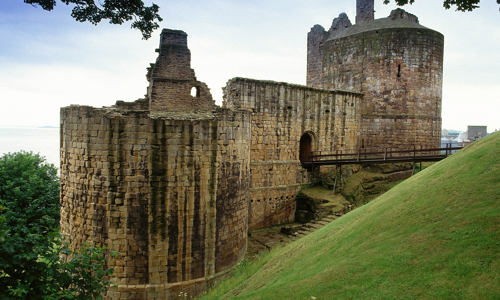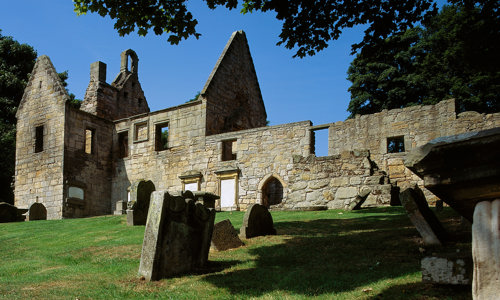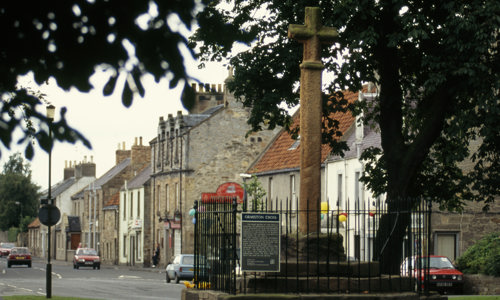History
A mysterious message
Only the base and the lower part of the cross-shaft remain of the Dogton Stone. It’s very weathered, but we can make out largely abstract ornamentation carved into its surface, along with the image of an armed horseman above two beasts.
The survival of the stone’s base suggests it still stands in its original spot, but we don’t know why it was erected here. It could:
- mark the boundary of a religious site
- overlook an important site, as the Dupplin and Invermay stones may have done
- mark the site of a former road
Reminders of the Picts
We don’t know a lot about the Picts, the descendants of Iron-Age tribes who occupied the area north of the Forth and Clyde estuaries in the first millennium AD. They left about 300 carved stones, mainly in the north-east of the country. The earliest of these stones, such as the Brandsbutt Stone, date to about AD 600 and display a variety of enigmatic symbols.
The Dogton Stone, probably erected in the AD 800s, belongs to a later group of Pictish stones, which were more overtly Christian. It’s one of a handful of free-standing cross stones erected by the Picts, most of which only survive as fragments.
















